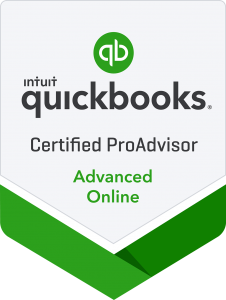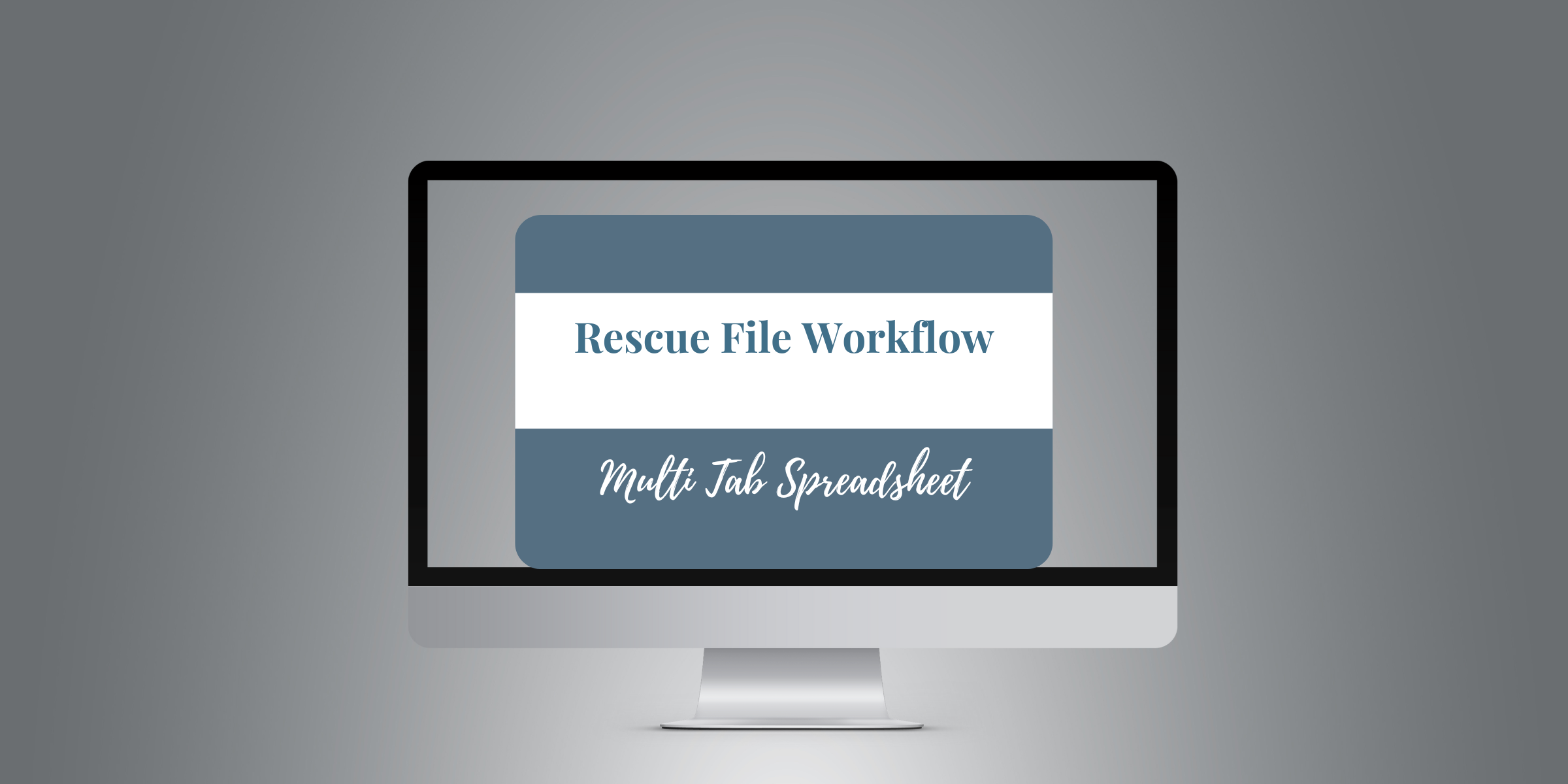QBO Tech Tip - Clearing Accounts: Using And Taming Them
- All of my template workflows include details like this, and my Standard Operating Process Guides are start to finish standards for apps and internal processes.
Clearing accounts in QBO are a mighty useful tool for e-commerce and POS bookkeeping, as well as many other accounting situations.
According to The Accounting Coach* dictionary, a clearing account is:
“A general ledger account which serves to summarize similar transactions.”
I want to expand on that definition in that clearing accounts are where you send transactions that can’t be cleared properly from the bank feed, involve other transactions like subtracted fees, or are interrelated and need to wash out in tandem.
You will create some clearing accounts; sometimes, an app pushes them through to your COA. Payment processors and e-commerce apps are examples of apps that create clearing accounts
The number one rule of using clearing accounts:
Reconcile them!
I often set up clearing accounts as bank account types in QBO so they are visible on the QBO Overview screen, and the need to reconcile them is obvious. Of course, you are going to state in your workflow what accounts to reconcile - and you are going to bookmark the reconciliation accounts by client in folders to open them all at once - but having them in the Overview is great for visibility. I occasionally use a current asset account, and I do use P&L sub-accounts as well. The account type correlates to the use case scenario of the clearing account’s objective.
You need to keep these accounts under control; clearing and reconciling are key to that. People often overlook this vital task, leading to shoddy financials and compliance issues.
For balance Sheet Accounts, reconcile them like a bank account.
The balance at the end of the week/month may not be zero, but you should always know why it isn’t.
Bank feeds have duplicated transactions
Bank feeds have missed transaction date ranges
Merchant and app fees have not been expensed out
People have not moved balances in or out
Purchase made using the merchant account (this is common in Paypal)
Merchant loans (Square offers this)
Timing issues on deposits vs sales entries
Establish a reconciliation cadence.
Of course, reconcile the clearing accounts on a schedule that relates to the engagement. However, if the accounts are transaction-heavy, you may want to consider reconciling them more often than monthly. Not only can the books get sidelined for accuracy, but it can also be tough to find discrepancies if the transaction count gets too crazy.
I had a client who had several locations, and they had several POS machines at each location. There were thousands of transactions a week, so I reconciled them weekly. This was one of the rare examples of where I auto-added from the bank feed, which took the lift off of me posting them, but we had to be extra vigilant for duplicates or missed date ranges. Reconciling weekly gave me a smaller data range to sort and filter if the QBO end balance didn’t match the POS reports.
Clearing accounts aren’t just for capturing merchant and app fees.
Many of us know about using clearing accounts for businesses like e-commerce, restaurants, retailers, and the like, but they can also be handy for other reasons.
Accounts Payable:
I used a clearing account for AP, where the credit union reduced the inter-account transfers and e-transfers by the service fee ($150.00 expense became $148.50 - grrr…). There were lots of transactions, so the clearing account worked great to transfer in the bank deposits and use a single expense with the bank as the vendor to tie out the service fees.
Due To Shareholders/Owner’s Draw/Personal Transactions:
You can track funds coming and going from the business owners, whether it’s contributions, personal expenses, comingling of funds - you know, all the fun stuff. If everything is being posted to a single clearing account, you can reconcile it and move the balance to the appropriate Balance Sheet account.
Inter-account Transfers:
I am on a remediation file right now where the inter-account transfers and money coming in from the shareholder are enough to make my face melt off. Of course, my fuss-pot-self wants to line them all up perfectly from account to account, but the reality is that a Transfer Clearing account is a waaaay smarter way to handle this. The business account ins/outs, business credit card payments and business loan back/forths are all recorded as deposits or expenses (not transfers, but that’s a whole other blog) so they can be reconciled accurately and compliance is covered. Whatever is over/under goes to DTS. Using the bank description, I auto-add the transactions, automating the data entry process. I don’t use auto-add often, but it’s pretty great when it fits. Clearing accounts are an example of where to use this automation if you keep them clean and reconciled.
Temporary P&L Account:
Clearing accounts can be temporary P&L accounts for transactions that need further categorization or allocation, if you have a good idea of what account they will ultimately go to. I use P&L sub-account accounts for this, rather than Balance Sheet ones, so the books are accurate and current - expenses would be a sub of expenses (mostly I use a sub of office expenses), COGS would be a sub of that, and income would be a sub of an income account. For instance, if you receive a payment (clearly not funds from an owner…) but are unsure which income account or customer it belongs to, you can temporarily park it in the sub income clearing account until you make that determination. Or, if you want to categorize transactions without receipts but the vendor shows up in the bank feed, you could have a subaccount of expenses called “Need Receipts”. You get the idea…
We then add these accounts to Financial Cents Recat, and we can have the client seamlessly answer our queries and receipt requests and categorize directly from there.
Of note: these P&L accounts can’t be reconciled in the traditional manner, but it is good policy to ensure they are cleared, and if receipts or information isn’t going to be forthcoming, run a report and then roll the transactions back up into their final posting account.
Temporary Balance Sheet Account:
Clearing accounts are often a consolidation and parking spot for transactions, where balances will eventually be moved to their final account, like retained earnings, dividends or, as mentioned above, DTS.
Here is a recent Intuit article on the most common use-case of clearing accounts - merchant accounts and PayPal.
There are many use-case scenarios for clearing accounts in QBO files. They keep real-world bank account reconciliations clean while capturing related data in a single account. But I want to emphatically state one more time—reconcile the dang things!
Featured Template
~~~
Featured Template ~~~
15% off discount code: BLOG
Mapping out the key tasks and communications for a catch-up or clean-up of QBO files is hard! This multi-tab spreadsheet makes capturing all the steps and stages of doing the work easier in hot mess files. Multiple tabs keep you organized, including the overall task list, client info requests and notes, reporting and closing, statement and GL verification, and templated communication copy.
Get Schuff Done Workshops
Five workshop-y, actionable, in-the-moment sessions in Jason Staats’s Realize Community.
All sessions 1:00 PM - 2:00 PM EST
Wednesday, Apr 24, 2024 - Building Slide Decks To Craft Communications
Tuesday, May 14, 2024 - Implementing A Password Manager App
Tuesday, Jun 11, 2024 - Implementing/Improving An Online Scheduler
Thursday, July 11, 2024 - Optimizing Chrome Browser
Simply yours, Kellie :-}
::Shameless Call To Action::
I sell bookkeeping templates, standard operating process handbooks and client guides.
15% off discount code: BLOG
*I am a self-taught bookkeeper. I started with The Accounting Coach, and then I was lucky to develop a village to guide me along.




